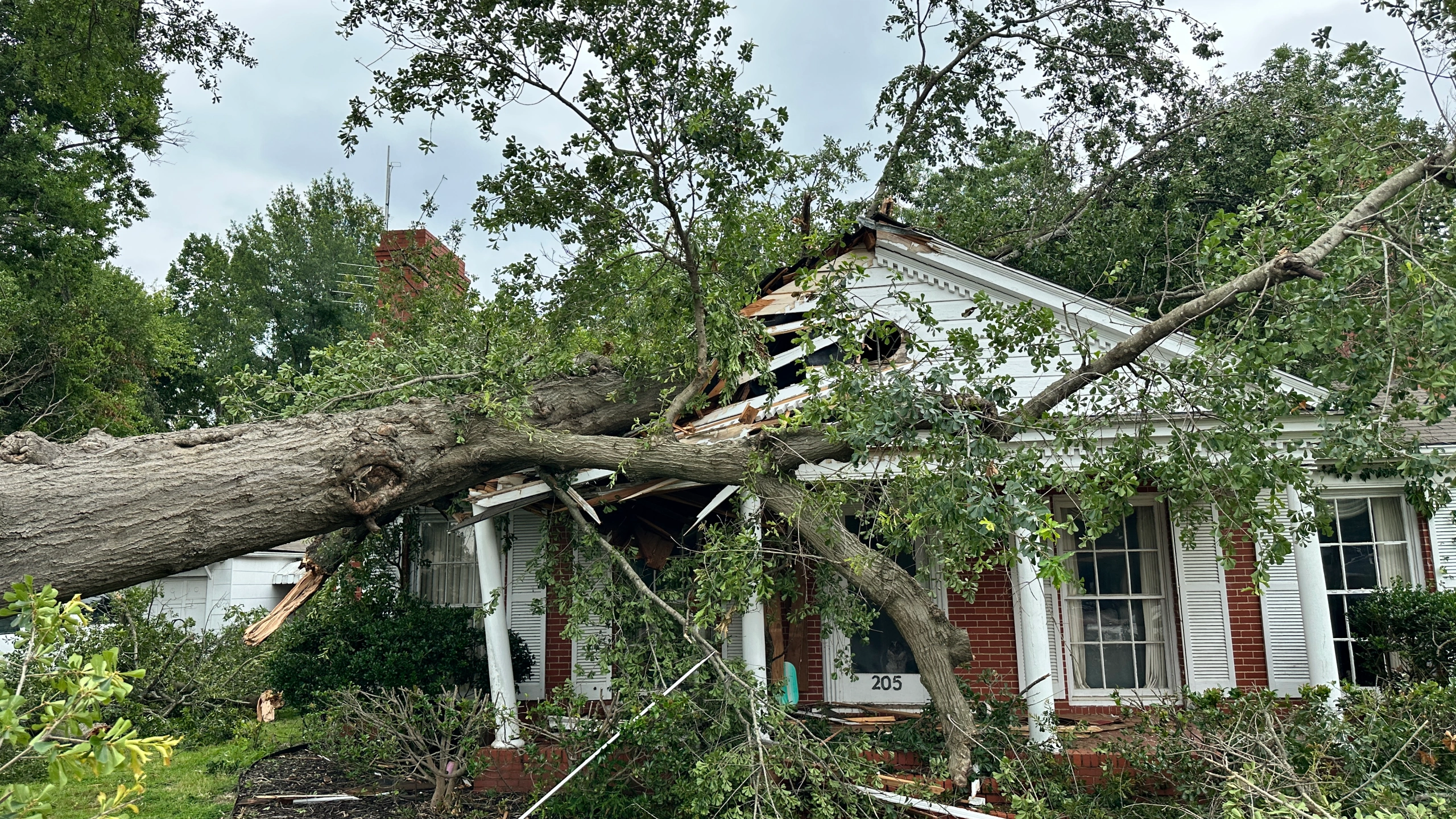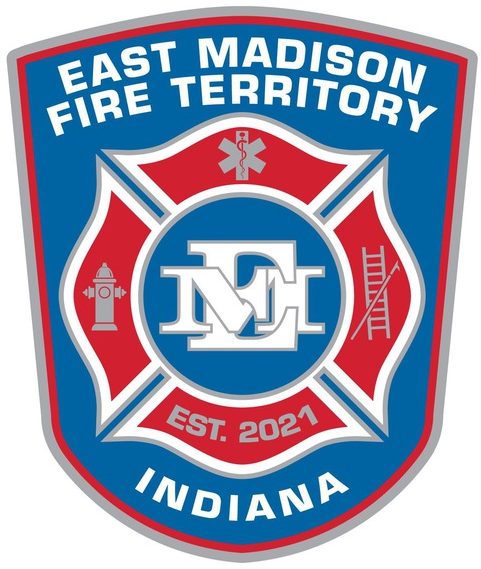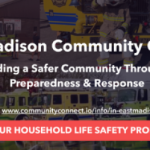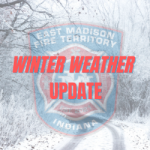
After a thunderstorm, it’s important to be aware of potential utility line dangers to ensure your safety. Here are five instructions to follow:
- Stay away from downed power lines: If you come across a downed power line, assume it is energized and extremely dangerous. Keep a safe distance of at least 30 feet (10 meters) from the fallen line and warn others to stay away. Report the downed power line to your local utility company immediately.
- Avoid standing water: After a storm, there may be pooling water in certain areas. Avoid walking or driving through standing water, as it could conceal downed power lines or pose an electrical hazard. Water can conduct electricity, so it’s crucial to stay clear of flooded areas.
- Be cautious around trees and branches: Thunderstorms often result in fallen trees or broken branches, which can bring down power lines. Treat any fallen trees or branches with caution and assume they may be in contact with electrical lines. Maintain a safe distance and notify the appropriate authorities.
- Do not touch or attempt to repair damaged utility equipment: If you notice any damage to utility equipment, such as transformers, meters, or electrical boxes, do not touch or try to fix them yourself. Leave the repairs to trained professionals from your utility company. Contact them immediately to report the damage.
- Be mindful of generator safety: If you’re using a generator during a power outage, follow the manufacturer’s instructions carefully. Place the generator outdoors in a well-ventilated area, away from windows, vents, or openings, to prevent carbon monoxide poisoning. Never connect the generator directly to your home’s electrical system unless you have a proper transfer switch installed by a licensed electrician.
Remember, the key to staying safe after a thunderstorm is to be cautious and prioritize your personal safety. If you suspect any electrical hazards or damage to utility lines, always contact the appropriate authorities for assistance.
For more safety information after the storm, check out these tips from Duke Energy’s website. https://www.duke-energy.com/safety-and-preparedness/storm-safety/after-the-storm




